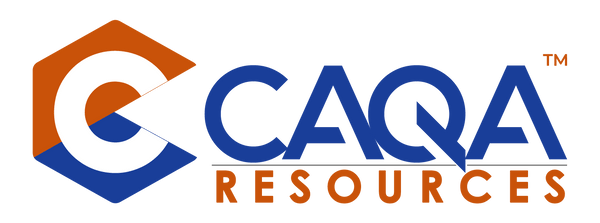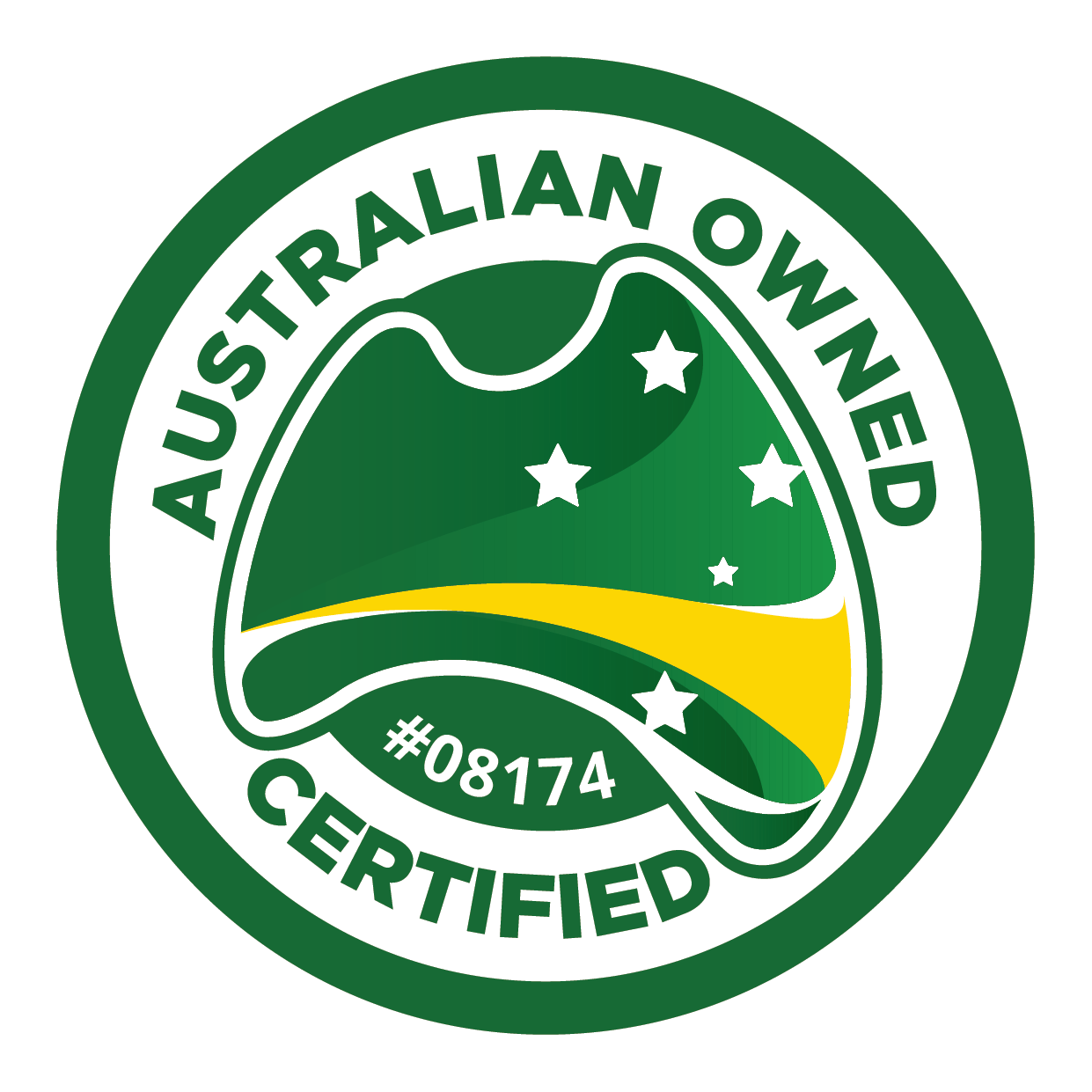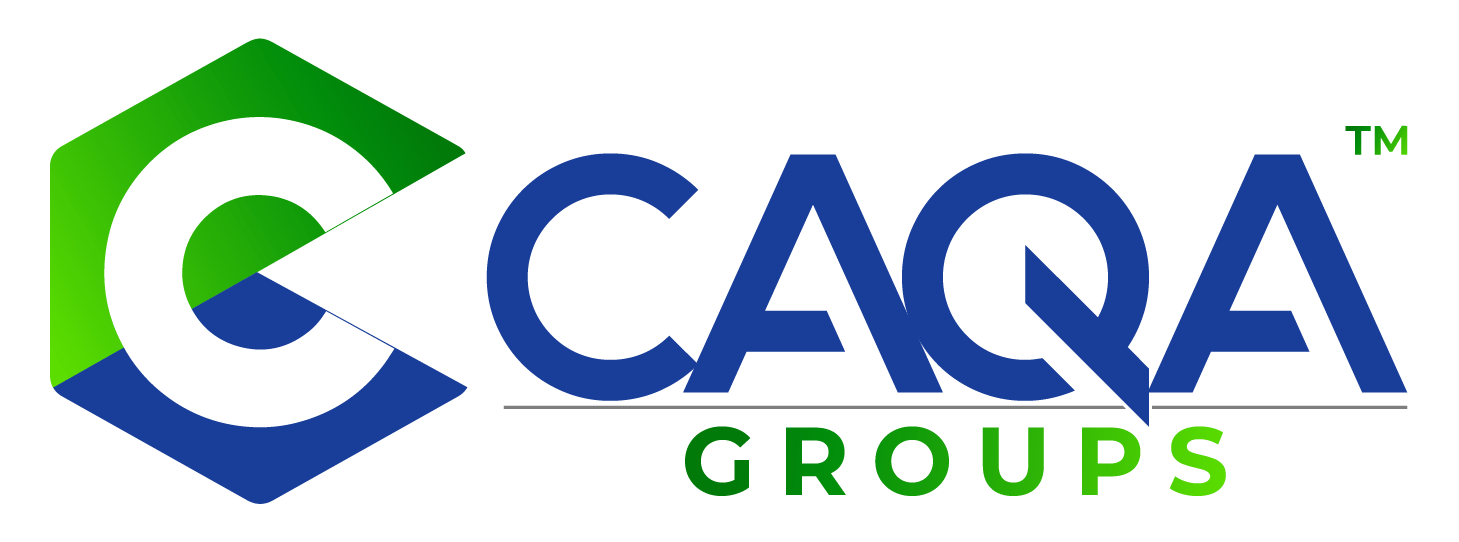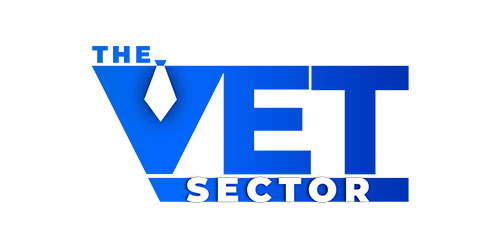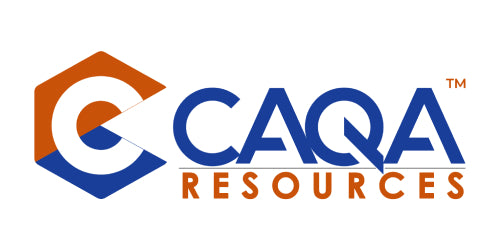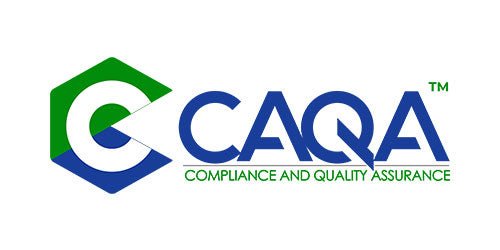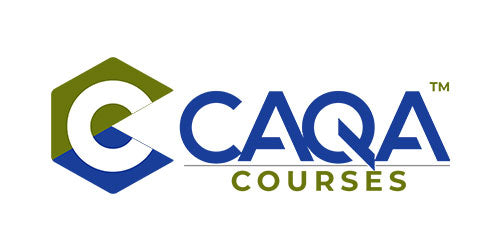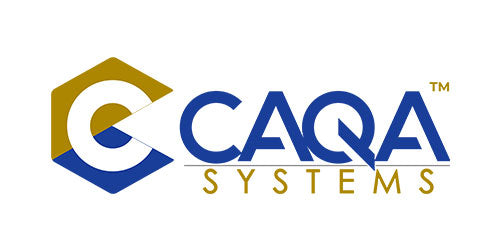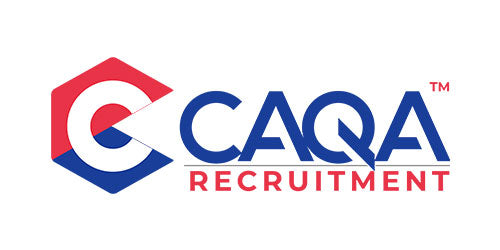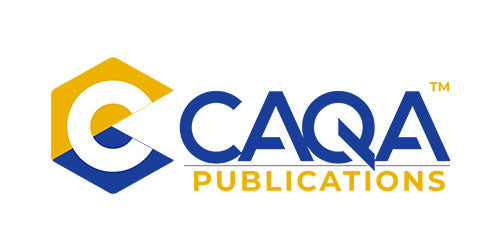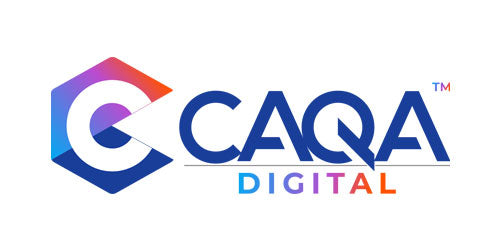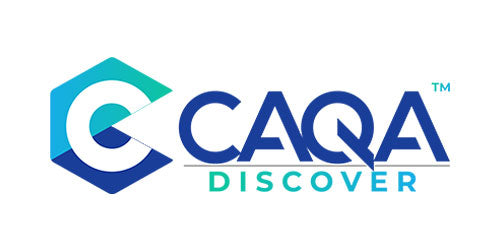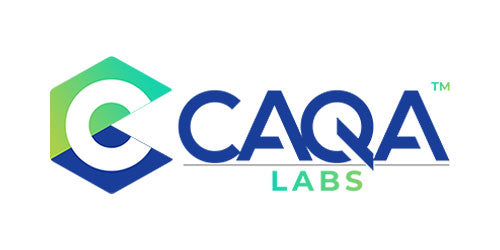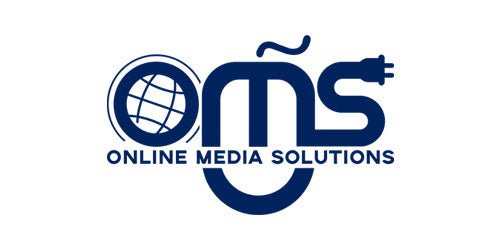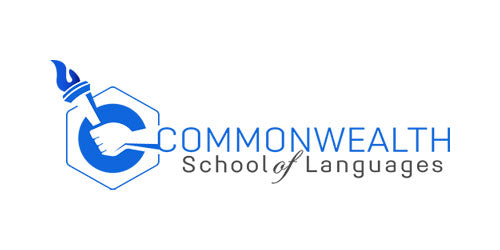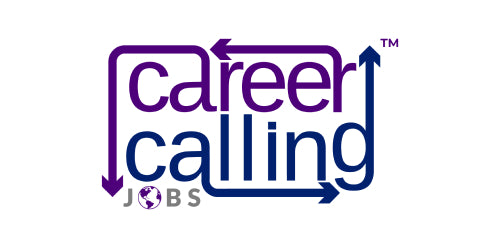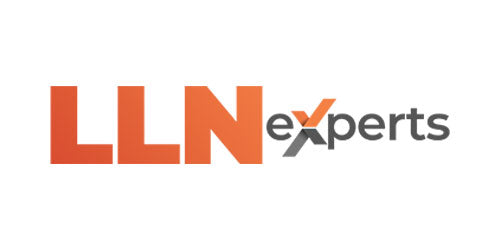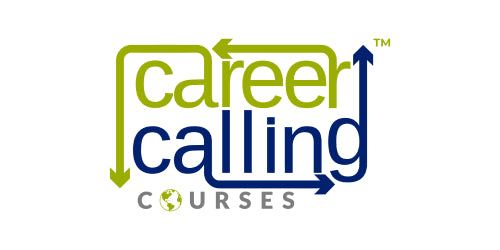In the ever-evolving landscape of vocational education and training (VET), Registered Training Organisations (RTOs) play a crucial role in shaping the workforce of tomorrow. At the heart of this responsibility lies implementing, monitoring, and evaluating training and assessment strategies and practices. This comprehensive guide delves into the intricacies of Clauses 1.1 to 1.4 and 2.2 of the Standards for RTOs 2015, providing practical insights and strategies for RTOs to excel in their educational mission.
Understanding the Core Requirements
Clause 1.1: Consistency and Effectiveness
The foundation of any successful training program lies in its alignment with industry standards and learner needs. Clause 1.1 emphasises the importance of developing training and assessment strategies that are consistent with the requirements of training packages and VET-accredited courses and enable learners to meet the competency requirements for each unit or module.
To achieve this, RTOs must:
- Thoroughly analyse training package requirements
- Design comprehensive training plans
- Develop assessment tools that accurately measure competency
- Ensure the amount of training provided is sufficient for learners to develop the required skills and knowledge
Clause 1.2: Determining the Amount of Training
One size does not fit all in education. Clause 1.2 recognises this by requiring RTOs to tailor the amount of training provided based on three key factors:
- Learner's Existing Skills and Knowledge: Conduct pre-training assessments to gauge learners' starting points.
- Mode of Delivery: Adjust training duration based on whether it's face-to-face, online, or blended learning.
- Scope of Training: Consider whether you're delivering a full qualification or selected units.
By carefully considering these factors, RTOs can ensure that each learner receives the appropriate amount of training to achieve competency.
Clause 1.3: Ensuring Sufficient Resources
Quality training requires adequate resources. Clause 1.3 mandates that RTOs have sufficient:
- Trainers and Assessors: Qualified professionals who deliver training and conduct assessments effectively.
- Educational and Support Services: Services that cater to the diverse needs of learner cohorts.
- Learning Resources: Materials that are accessible and aligned with unit requirements.
- Facilities and Equipment: Appropriate infrastructure to support the learning process.
RTOs must regularly audit their resources to ensure they meet these requirements across their entire scope of registration.
Clause 1.4: Meeting Training Package Requirements
This clause emphasises the importance of adhering to all specifications outlined in the relevant training package or VET accredited course. RTOs must:
- Stay updated with training package changes
- Implement new requirements promptly
- Ensure all aspects of delivery and assessment align with package specifications
Clause 2.2: Continuous Improvement
The VET sector is dynamic, and RTOs must evolve with it. Clause 2.2 focuses on systematically monitoring, evaluating, and improving training and assessment strategies. This involves:
- Regular monitoring of compliance with Standard 1
- Systematic evaluation of training outcomes
- Utilisation of various data sources for improvement, including:
- Quality indicator data
- Validation outcomes
- Feedback from trainers, assessors, and clients
- Complaints and appeals
Implementing Effective Strategies
Developing Comprehensive Training and Assessment Strategies
A robust training and assessment strategy (TAS) is the backbone of quality VET delivery. When developing your TAS:
- Engage with Industry: Ensure your strategies align with current industry practices and needs.
- Define Clear Learning Outcomes: Articulate what learners will be able to do upon completion.
- Map Content to Competencies: Ensure all required skills and knowledge are covered.
- Design Varied Assessment Methods: Include a mix of practical demonstrations, written tasks, and projects.
- Plan for Different Learner Needs: Consider strategies for learners with diverse backgrounds and abilities.
Determining Appropriate Training Duration
To comply with Clause 1.2, consider:
- Conducting Skills Gap Analyses: Assess learners' existing competencies to tailor training duration.
- Analysing Delivery Modes: Adjust timeframes based on face-to-face, online, or blended training.
- Consulting Industry Experts: Gather input on realistic timeframes for skill development.
- Reviewing AQF Guidelines: Ensure your training duration aligns with AQF volume of learning indicators.
Ensuring Resource Adequacy
To meet the requirements of Clause 1.3:
- Conduct Regular Resource Audits: Assess the quality and quantity of learning materials, equipment, and facilities.
- Invest in Staff Development: Provide ongoing professional development for trainers and assessors.
- Implement a Resource Management System: Track and maintain resources effectively.
- Gather Learner Feedback: Regularly survey students about resource adequacy and accessibility.
Monitoring and Evaluation
Systematic Monitoring Processes
To comply with Clause 2.2, implement:
- Regular Internal Audits: Conduct thorough reviews of your training and assessment practices.
- Observation Programs: Have senior staff observe training sessions and assessments.
- Document Review Cycles: Regularly review and update training and assessment materials.
- Learner Progress Tracking: Monitor student progression and completion rates.
Effective Evaluation Techniques
To gather meaningful data for improvement:
- Implement Diverse Feedback Mechanisms: Use surveys, focus groups, and one-on-one interviews.
- Analyse Assessment Results: Look for student performance patterns to identify improvement areas.
- Conduct Industry Consultations: Regularly engage with employers to ensure training relevance.
- Review Complaints and Appeals: Use these as valuable sources of improvement opportunities.
Continuous Improvement Strategies
To effectively use evaluation outcomes for improvement:
- Establish an Improvement Committee: Form a dedicated team to oversee improvement initiatives.
- Develop Action Plans: Create specific, measurable plans to address identified issues.
- Implement Change Management Processes: Ensure smooth implementation of improvements.
- Monitor Improvement Outcomes: Track the impact of changes on training quality and learner outcomes.
Challenges and Solutions
Common Pitfalls in Implementing Clauses 1.1 to 1.4 and 2.2
- Insufficient Industry Engagement: Solution - Develop formal industry partnerships and regular consultation processes.
- Inadequate Resource Allocation: Solution - Implement a robust resource planning and budgeting system.
- Inconsistent Monitoring Practices: Solution - Develop standardised monitoring procedures and schedules.
- Failure to Act on Evaluation Results: Solution - Establish a formal process for reviewing and acting on evaluation outcomes.
Best Practices for Excellence
- Foster a Culture of Quality: Embed a commitment to excellence throughout your organisation.
- Embrace Technology: Utilise learning management systems and data analytics tools to enhance monitoring and evaluation.
- Promote Collaborative Learning: Encourage knowledge sharing among trainers and assessors.
- Stay Informed: Keep abreast of industry trends and regulatory changes that may impact your strategies.
Implementing, monitoring, and evaluating training and assessment strategies is a complex but crucial aspect of RTO operations. By adhering to the principles outlined in Clauses 1.1 to 1.4 and 2.2, RTOs can ensure they deliver high-quality, industry-relevant training that truly prepares learners for success in their chosen fields.
Remember, the key to excellence lies not just in meeting regulatory requirements, but in continuously striving to enhance the learning experience and outcomes for all students. By fostering a culture of continuous improvement and maintaining a strong focus on industry relevance, RTOs can position themselves as leaders in the VET sector, delivering training that truly makes a difference in learners' lives and careers.


